Alliaria petiolata (M. Bieb.) Cavara & Grande |
| |
|
|
Botanical Name |
: |
Alliaria petiolata (M. Bieb.) Cavara & Grande |
English
Name |
: |
Garlic Mustard |
Synonym(s) |
: |
Alliaria alliaria, Alliaria officinalis, Erysimum alliaria, S. officinalis, Sisymbrium alliaria |
Family |
: |
Brassicaceae |
| |
General Info
| Description |
 |
|
A herbaceous biennial plant (sometimes an annual plant) growing to 30-100 cm (rarely to 130 cm) tall. The leaves are stalked, triangular to heart-shaped, 10-15 cm long (of which about half being the petiole) and 2-6 cm broad, with a coarsely toothed margin. In biennial specimens, first-year plants appear as a rosette of green leaves close to the ground; these rosettes remain green through the winter and develop into mature flowering plants the following spring. Others flower and complete their life-cycle in their first year. The flowers are produced in spring and summer in buttonlike clusters, each flower small, white, with four petals 4-8 mm long and 2-3 mm broad, in the shape of a cross. The fruit is an erect, slender, four-sided pod 2-7 cm long, called a silique, green maturing pale grey-brown, containing two rows of small shiny black seeds which are released when the pod splits open. |
| Herb Effects |
 |
|
Antiasthmatic, antiscorbutic, antiseptic, deobstruent, diaphoretic, vermifuge and vulnerary (leaves and stems) |
Chemistry
| Active Ingredients |
 |
|
Allyl-isothiocyanate, allyl-sulfide, alpha-linolenic acid, ascorbic acid, glycerol, oleic acid, palmitic acid, sinigrin, squalene (plant); benzyl-isothiocyanate (essential oil); diallyl-sulfide, linoleic acid, sinapic acid, stearic acid (seed). |
| Chemistry
of Active Ingredients |
 |
|
|
 |
Name |
CAS# |
IUPAC Name |
Formula |
Structure |
 |
|
| alpha-Linolenic acid |
94138-91-7 |
octadeca-9,12,15-tri
enoic acid |
C18H30O2 |

|
| Ascorbic acid |
Not Available |
2-(1,2-dihydroxyethy
l)-4,5-dihydroxy-fur
an-3-one |
C6H8O6 |

|
| Oleic acid |
8046-01-3 |
octadec-9-enoic acid |
C18H34O2 |
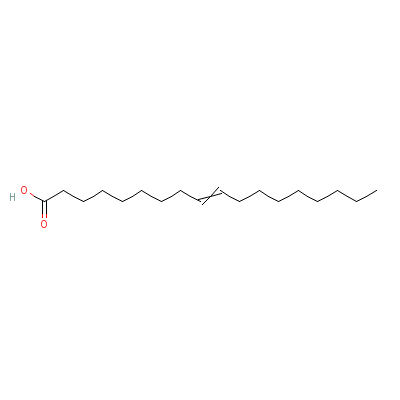
|
| Palmitic acid |
66321-94-6 |
hexadecanoic acid |
C16H32O2 |
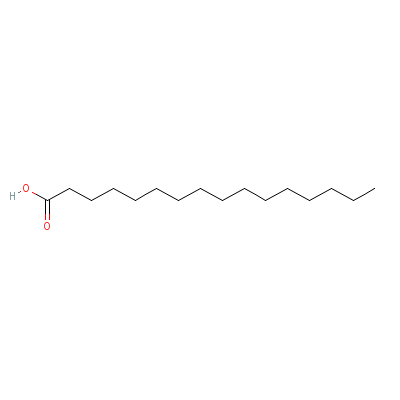
|
| Sinigrin |
534-69-0 |
3,4,5-trihydroxy-2-(
hydroxymethyl)-6-(1-
sulfooxyiminobut-3-e
nylsulfany
l)oxane |
C10H17NO9S2 |
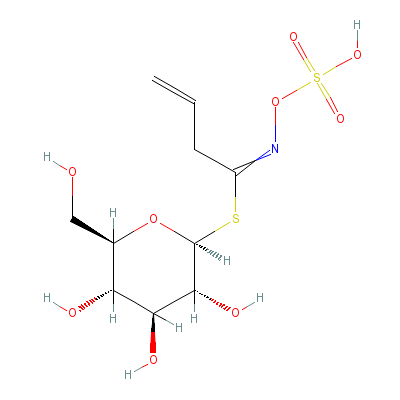
|
| Squalene |
94016-35-0 |
(6E,10E,14E,18E)-2,6
,10,15,19,23-hexamet
hyltetracosa-2,6,10,
14,18,22-h
exaene |
C30H50 |
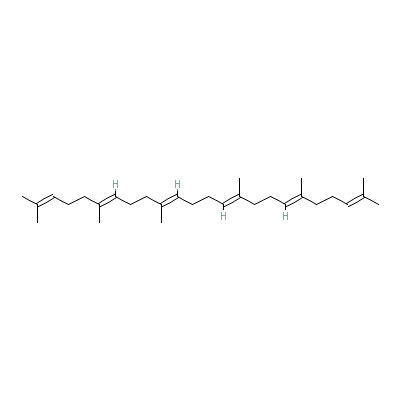
|
| Benzyl isothiocyanate |
622-78-6 |
isothiocyanatomethyl
benzene |
C8H7NS |

|
| Diallyl sulfide |
592-88-1 |
3-prop-2-enylsulfany
lprop-1-ene |
C6H10S |
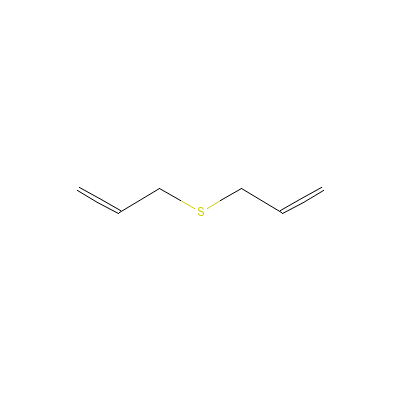
|
| Linoleic acid |
8024-22-4 |
Octadeca-9,12-dienoi
c acid |
C18H32O2 |
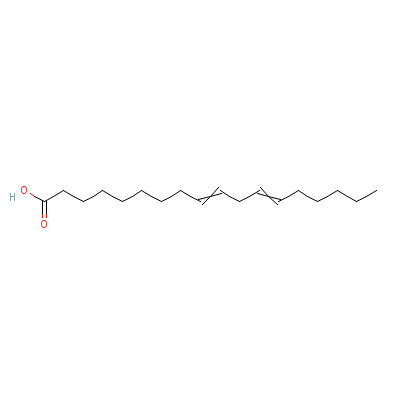
|
| Sinapic acid |
530-59-6 |
3-(4-hydroxy-3,5-dim
ethoxy-phenyl)prop-2
-enoic acid |
C11H12O5 |
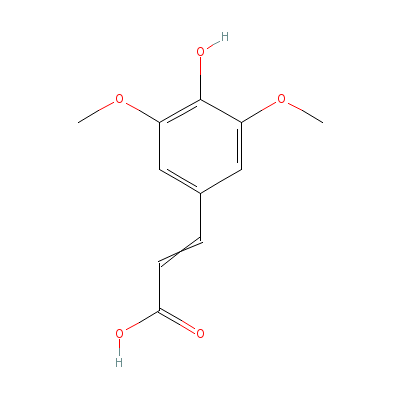
|
| Stearic acid |
82497-27-6 |
octadecanoic acid |
C18H36O2 |

|
|
Pharmacology
| Medicinal Use |
 |
|
To promote sweating and to treat bronchitis, asthma and eczema, effective in relieving the itching caused by bites and stings (leaves) Externally, they are as an antiseptic poultice on ulcers. The juice of the plant has an inhibitory effect on Bacillus pyocyaneum and on gram-negative bacteria of the typhoid-paratyphoid-enteritis group. |
Dealers
Products
|
|